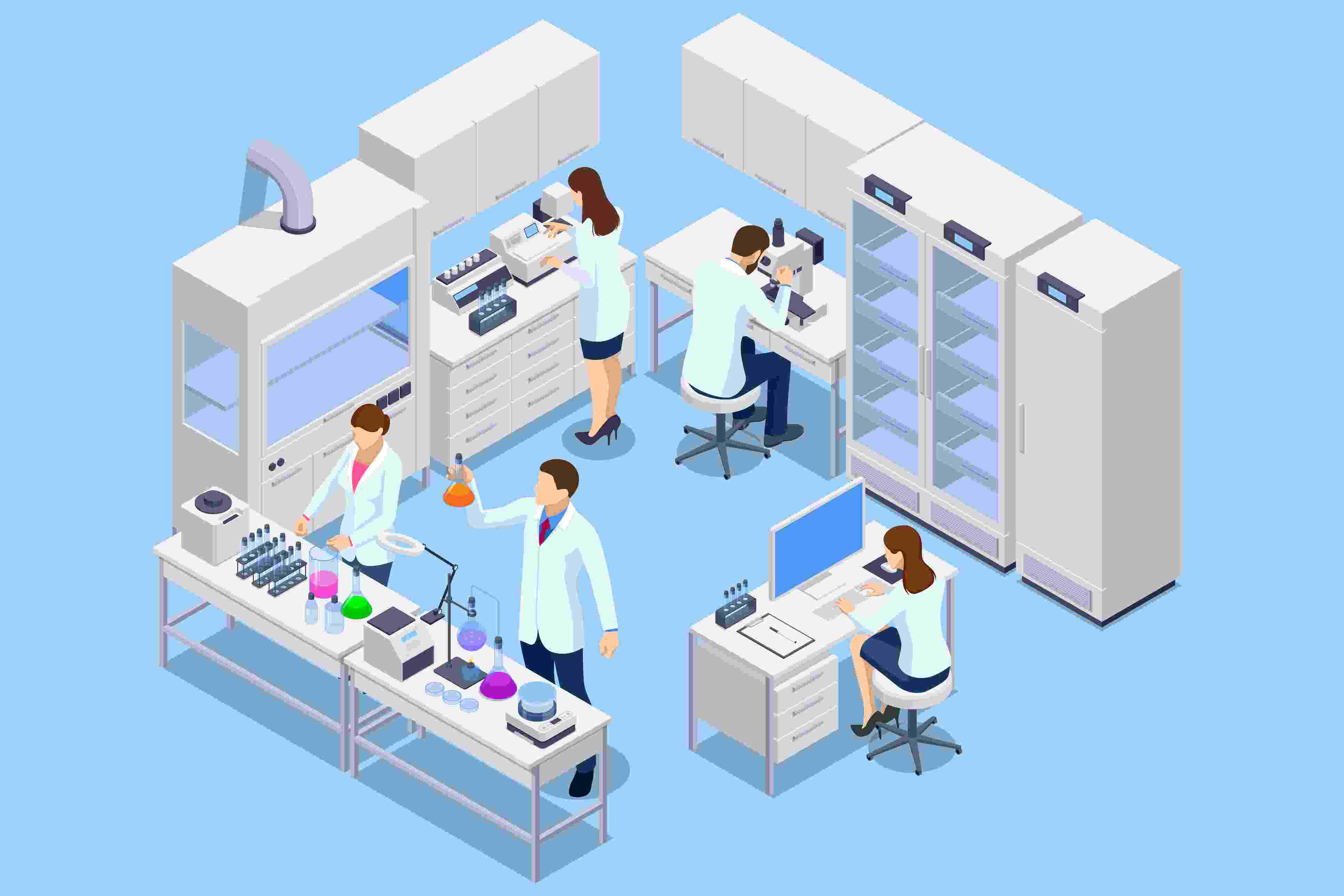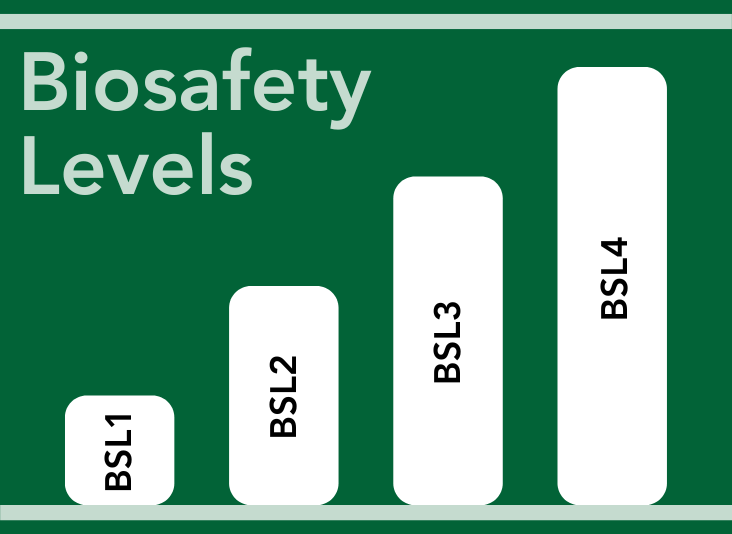Your PI Is Retiring: Now What?
The departure of a university lab’s principal investigator (PI) can cause disruption across the entire facility and impact environmental, health, and safety (EHS) operations. Proper planning ahead of the PI’s exit, however, ensures a smooth handoff of tasks and continuity through this transitional period.
This isn’t to say a PI departure isn’t a major occurrence, even with proper planning. When PIs leave their positions, lab staff at universities or private research institutions often feel lost. These transitional periods are usually stressful, complex, and confusing. The many roles that PIs play in managing their university labs and research projects means that without them, many EHS and other operational tasks feel incomplete—or even impossible.
EHS staffers can take steps to ensure that the transition is as smooth and safe as possible, and that operations remain compliant. It’s all a matter of the lab’s preparation ahead of the departure. I have spent years working with labs of all types, and have experienced many lab transitional periods; here, I will offer some useful tips to ease this transition based on this broad and deep experience.
PIs: Crucial for EHS and Other Operations
PIs are the cornerstone of lab operations. They are responsible for leading research studies, of course, but in reality they do so much more, including:
- Ensuring ethical, safe, and compliant conduct, including reporting and monitoring
- Managing and overseeing training
- Handling budgeting and expense review, including by attaining funding
- Overseeing chemicals and supplies ordering—and disposal
- Ensuring research integrity and scientific accuracy
In a way, PIs can be thought of as the glue that holds labs together—from broad-scale EHS projects to day-to-day operations, PIs have their hands in the success of everything.
Chaos When PIs Leave
That’s why it can feel so disruptive when PIs leave, change career trajectory, or retire. Without proper planning and preparations, lab staff suddenly feel as if all of these responsibilities fall to them—and like they don’t know how to manage these tasks with the same success. In the wake of these departures, EHS and other departments must scramble to deal with this hardship. Such a transition also leaves a management vacuum—imposing a huge burden that can impact:
- Finances
- Operations
- Training
- Procurement
- Compliance
- Reputation management
No wonder things seem to be lost when a PI steps down. Oftentimes, PIs don’t even realize they need to communicate with EHS teams when they retire or change careers. This leads to even more confusion and a bigger scramble to recover.
Communication Key For PI Departure Prep
It doesn’t have to be this way, though. Lab EHS staff can dodge the obstacles that a PI departure causes with communication, planning, and preparation. Ideally, the PI will share the news of their departure as far in advance as they can, but sometimes that isn’t possible. A sudden announcement leaves facility teams scrambling.
In either case, as soon as you know your PI is leaving the lab, you can get ahead of the curve by setting reoccurring meetings with key stakeholders to understand:
- Timelines
- Processes
- Both short- and long-term PI goals
Relevant participating stakeholder staff may include:
- The PI
- Lab staff
- EHS teams
- Facilities teams
- Contracts department
- Funding groups
Making the Most of Planning Sessions
Once all the stakeholders are assembled, be sure the meetings are productive and put forth advanced solutions to problems. For instance:
- Ask pointed, informed questions. This way, you can learn and understand what the PI and lab teams are currently working on and the types of materials they are working with.
- Map current contract terms to those who oversee them. This includes as it relates to:
- Chemical inventory
- Biological inventory
- Waste generation
- Lab cleanout/decontamination
- With the PI, outline an inventory of the most hazardous materials in use in the lab, as well as the special materials handling steps and training requirements for these materials.
- Identify each and every substance, chemical, and sample in the lab. Often, in universities or private research settings, there may be unknown research samples or old chemicals that have vague labels. Many times, only the PI can identify these potentially hazardous materials using their deep experience in the lab. Not working with the PI to identify and properly label or dispose of these materials will mean EHS and lab teams that are left guessing, having to deal with each chemical as if it is incredibly hazardous and using up valuable time and resources.
- Determine where unexpected costs often come from so you can learn how to anticipate them. Unexpected costs outside of approved annual budgets may occur because of:
- Necessary specialized training
- Procurement of new or different materials, especially if they are highly hazardous
- Emergency spill response
- Dig into procurement and waste management, especially as it relates to chemical inventories and regular expired material cleanouts. You must know not only how supplies enter and leave the lab, but how they are tracked when in use at the lab as well.
- Determine if lab decontamination and preparation is needed. Often, when PIs leave, current projects may come to a halt. Some chemicals or materials may no longer be needed, and sometimes decontamination will be necessary to get the lab in clean working order for an incoming PI, who may be working on vastly different studies or samples. This may even mean gutting and full facility renovation, including duct work and piping decontamination.
- Evaluate current lab sustainability practices and examine how environmental sustainability can be improved in both the short- and long-term.
These conversations—and the actions they spur—can help the PI get organized before departure. The interaction will foster involvement and mutual respect on all sides, which is one of if not the best way to stay ahead of the PI departure curve. Overall, this will allow a much easier transition for everyone involved and enable researchers to execute an informed and appropriate transition plan. This will permit continuity for and positively impact not only the PI’s particular lab, but also the university as a whole.
EHS Teams Lead the Way
Without proper preparation, the post-PI transition period can be challenging for any lab—and a dedicated partner by your side can make a vast difference. At Triumvirate Environmental, we have been in the business of serving labs for over 30 years—and have faced our fair share of PI moves, career changes, and retirements.
This positions us to offer deep industry knowledge and appropriate consulting, to help ease the transition period and set you up for success, even in tumultuous times. Contact us today to learn more about how we can help you—before and after any unplanned operational disruptions.






